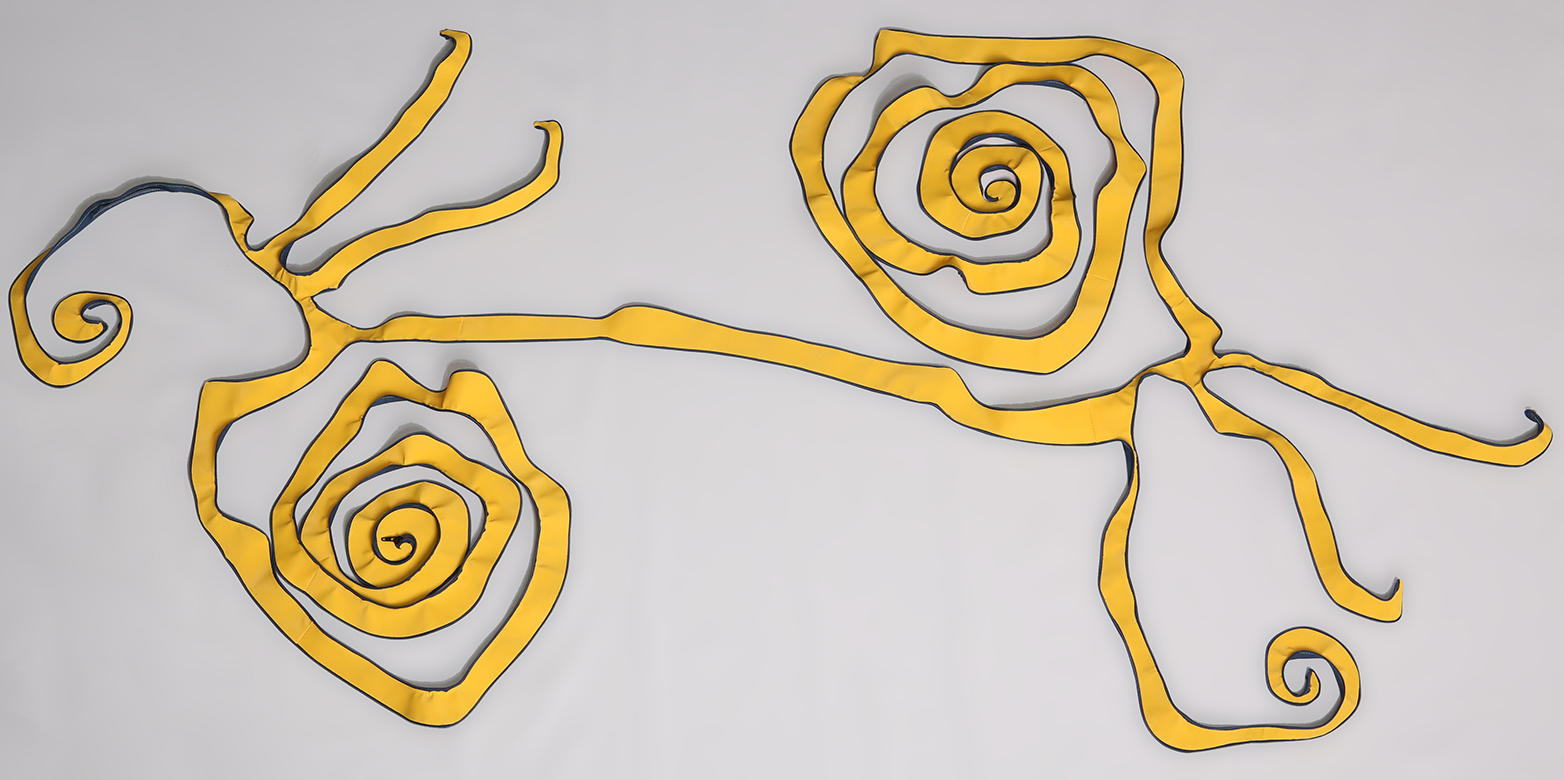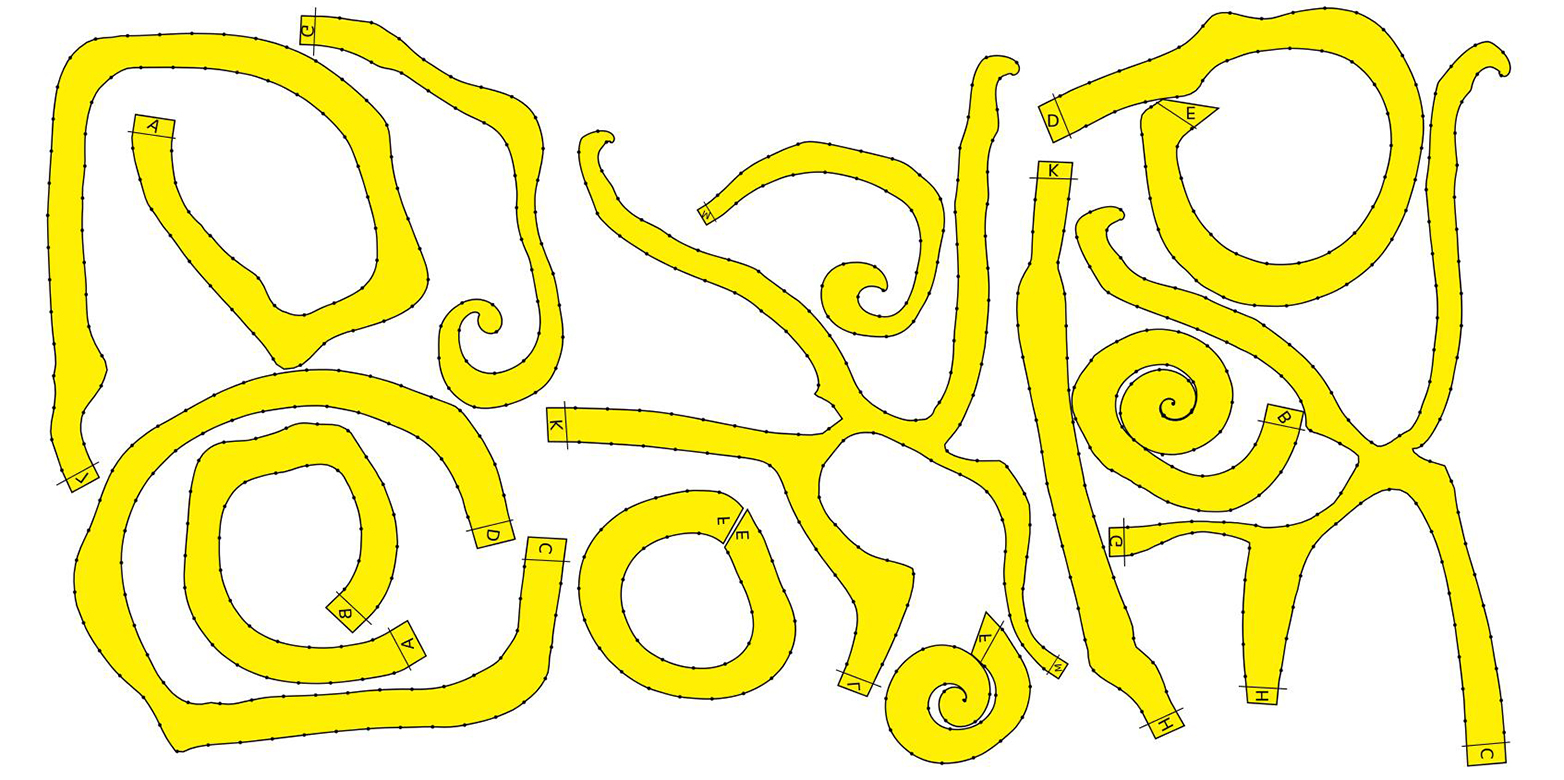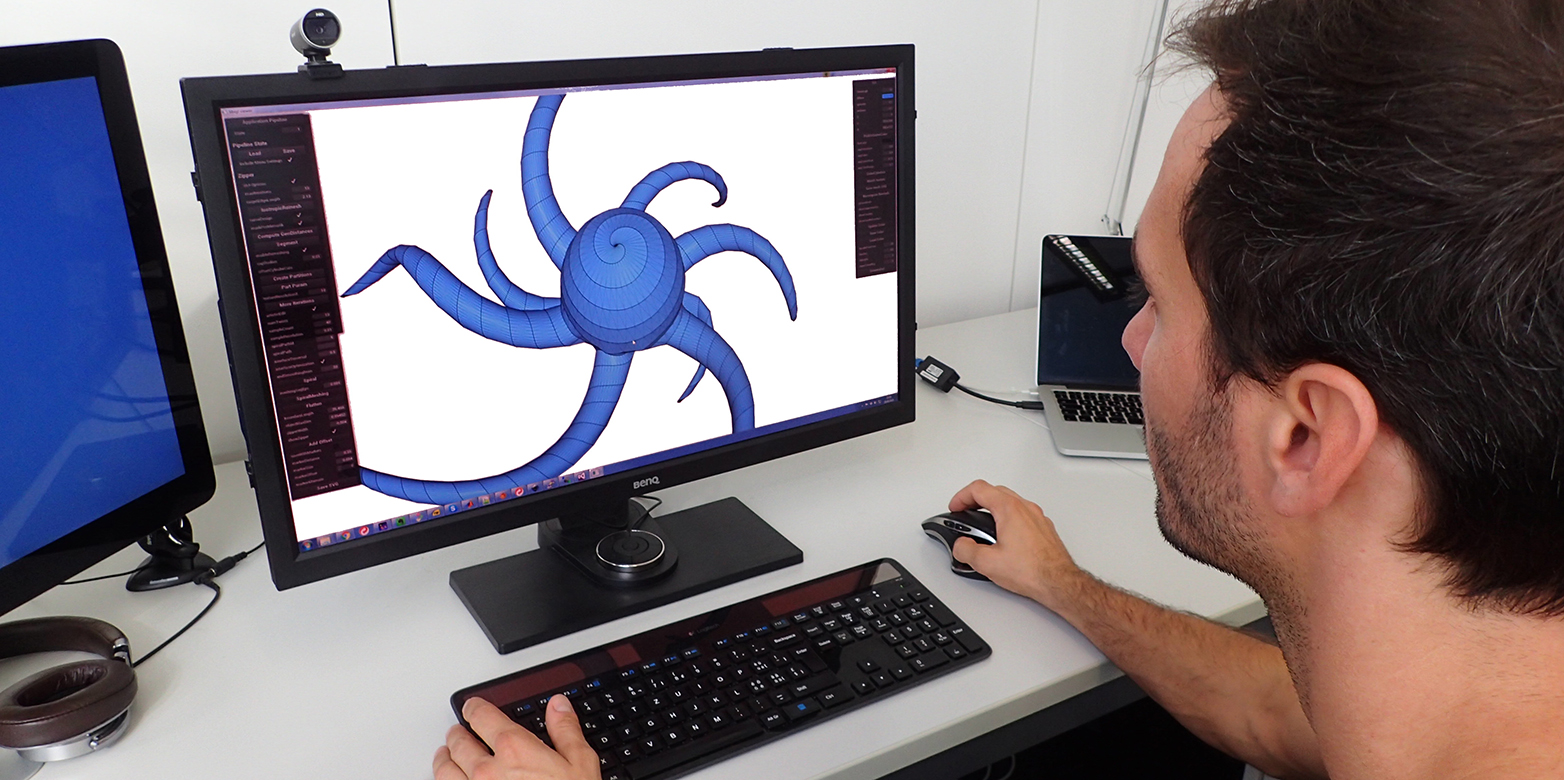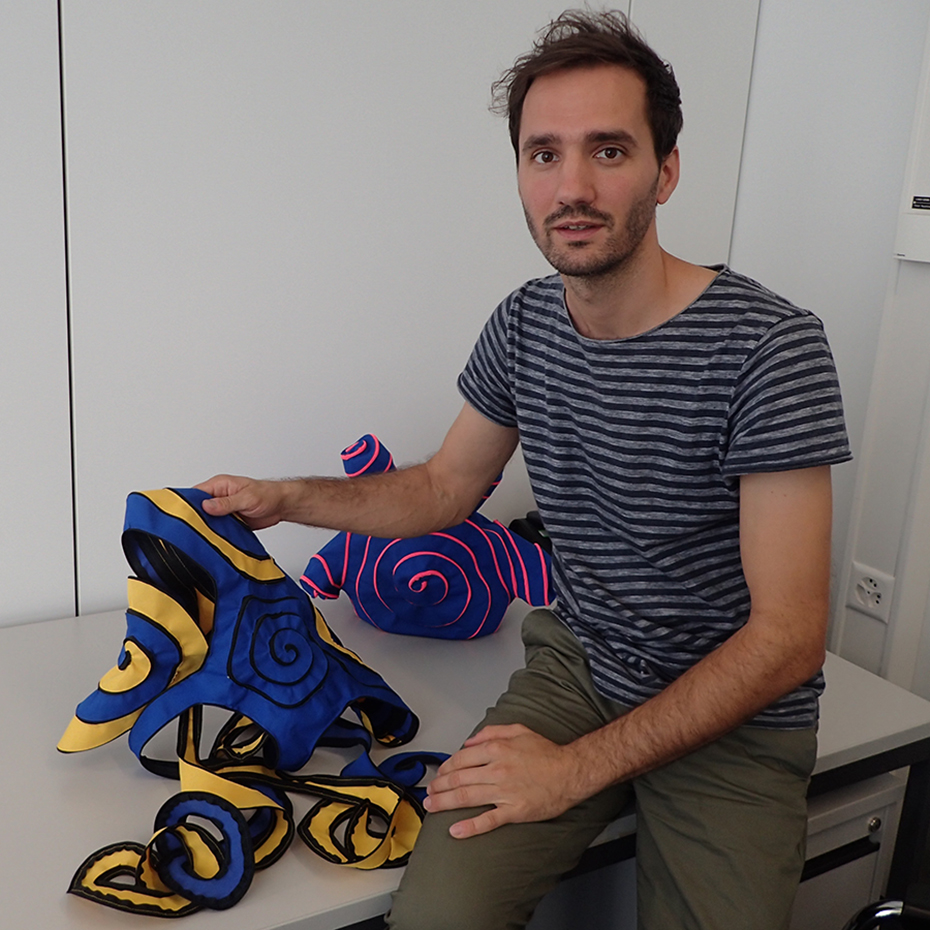Zippables – zipper models from the computer
What’s that? Sometimes there are actually limits to our imagination. Christian Schüller from the ETH Interactive Geometry Lab is using the computer to develop a method to design patterns for three-dimensional objects that can be put together from a flat piece of fabric with a zipper. This is how it works...

For whom is your invention interesting?
With our interactive method, designers and hobbyists can relatively easily design and fabricate zipper models, so-called “zippables”. A zippable is a flat piece of fabric with a zipper around its boundary that can be quickly zipped up to form a 3D object. Our computer algorithm is able to calculate the patterns for the wildest shapes. One example is our bunny, whose pattern looks absolutely chaotic. Without the help of the computer, such patterns would be very difficult to design.


What makes your invention so innovative?
From a mathematical point of view, it is not trivial to flatten the surface of an irregularly shaped three-dimensional object without causing tension and warping in the material. I dedicated parts of my doctoral thesis to this problem, and while working on it I learned a lot about applied mathematics and computer-aided fabrication techniques. For this project, it was important to present not only the algorithmic approach, but also physical prototypes to prove that it works in reality. To facilitate the fabrication, the computer application not only calculates the pattern, but also a template for a novel fastening rig that allows the zipper to be attached to the curved piece of fabric easily and quickly.

Are there any limits to the shapes that can be designed as zippables?
Generally there are no limits to the shapes. But there are certain restrictions regarding the level of detail due to the limited width and flexibility of the zipper tape. In addition, each handle-like hole in the object requires an additional zipper. A donut-shaped object, for example, requires two zippers. From its basic shape, our bunny is very similar to a sphere and therefore needs only one zipper.
What would be typical products that can be produced from zippables?
When we conceived it, we first thought of toys and fashion accessories such as bags – so really rather more creative products. But industrial applications are also conceivable. Insulating covers for complex industrial equipment could be calculated and customized quickly and efficiently on the computer. We will be presenting our zippables at this year’s Swiss Innovation Forum. The forum will take place on 22 November 2018 in Basel, and we hope to receive a lot of feedback and input from the industry. I also recommend clicking our external pagedemo videocall_made.
Contakt / Links:
ETH Interactive Geometry Lab, Prof. Olga Sorkine-Hornung
Patent application: Ref. 2017-013,
Do you want to get more "News for Industry" stories?
external pageSubscribe to our newslettercall_made
external pageFollow us on LinkedIncall_made
Are you looking for research partners at ETH Zurich?
Contact ETH Industry Relations

